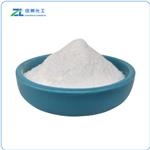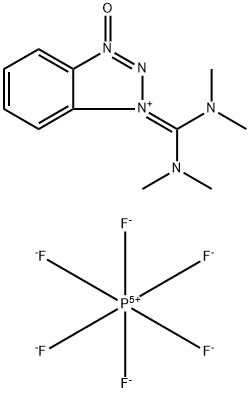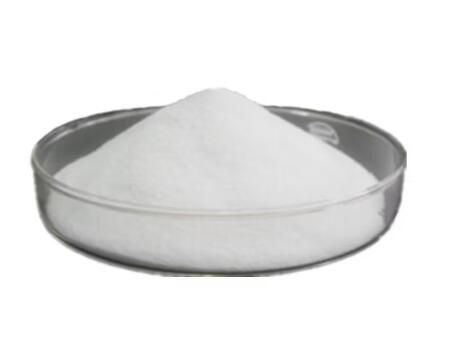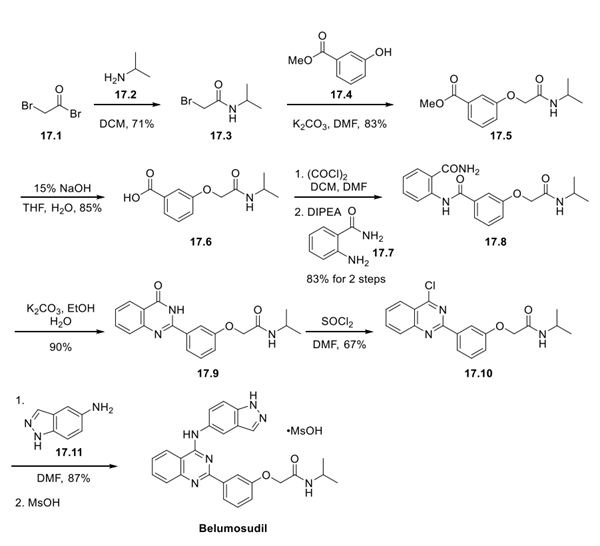What is the connection between TBTU and HBTU?
The popular coupling reagents are O-(Benzotriazol-1-yl)-N, N, N', N'-tetramethyluronium hexafluorophosphate (HBTU) and O-(Benzotriazol-1-yl)- N, N, N', N'-tetramethyluronium tetrafluoroborate (TBTU). As their names reflect, these reagents were believed to have a uronium structure, but crystal and solution structure studies revealed that these reagents have an aminium structure. Both are very efficient peptide coupling reagents with little racemization.

HBTU is a standard coupling agent commonly used for the activation of free carboxylic acids during the solution and solid phase peptide synthesis[1]. Coupling reactions are complete in as little as six minutes and when HOBt is added, racemization can be reduced to insignificant levels. This makes these the reagents of choice in critical applications. TBTU was very effective, for instance, in key macrocyclization and coupling steps in the total synthesis of the macrocyclic peptide cyclotheonamide B.
These reagents should used in equal molar amounts relative to the carboxylic acid component of the coupling reaction. Excess HBTU and TBTU can react with the unprotected N-terminal of the peptide and form a guanylidine moiety that blocks further elongation of the peptide.
References
[1] Mali, Sachitanand M. et al. “HBTU mediated 1-hydroxybenzotriazole (HOBt) conjugate addition: synthesis and stereochemical analysis of β-benzotriazole N-oxide substituted γ-amino acids and hybrid peptides†.” Organic & Biomolecular Chemistry 42 (2014): 8462–8472.
You may like
Related articles And Qustion
See also
Lastest Price from HBTU manufacturers

US $750.00/kg2025-08-04
- CAS:
- 94790-37-1
- Min. Order:
- 1kg
- Purity:
- 99
- Supply Ability:
- 50tons

US $75.00-20.00/kg2025-04-15
- CAS:
- 94790-37-1
- Min. Order:
- 1kg
- Purity:
- 99%
- Supply Ability:
- 20ton



